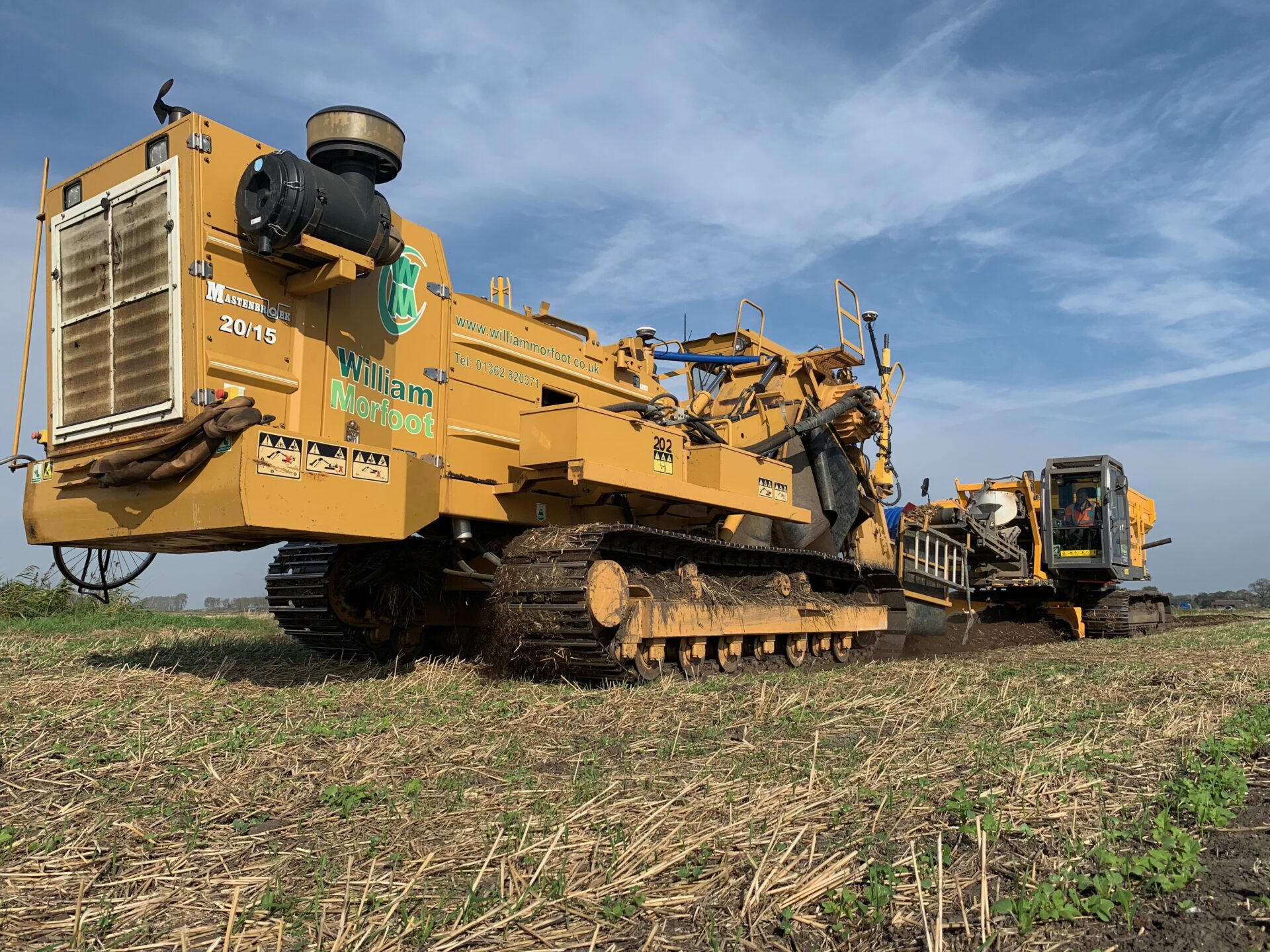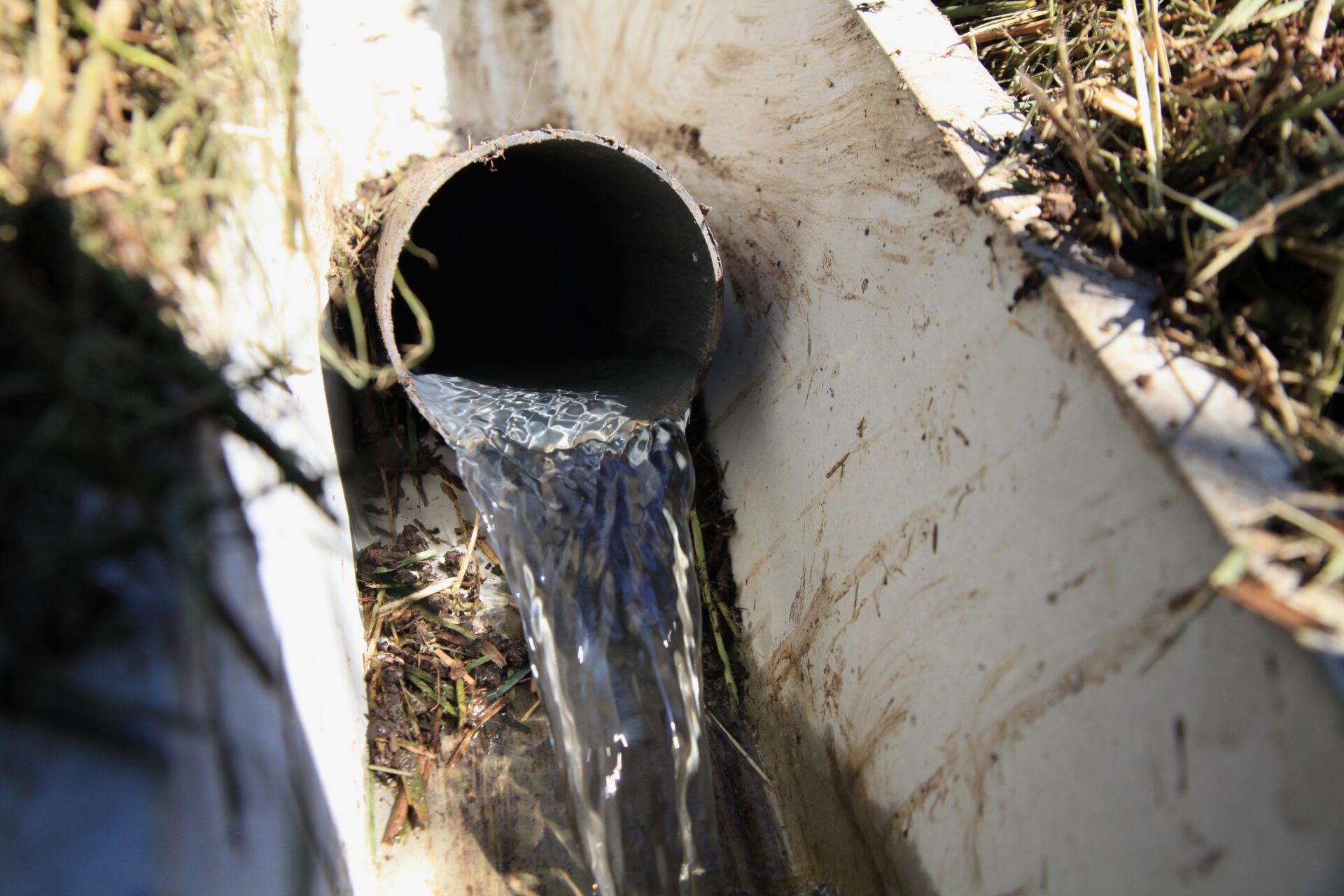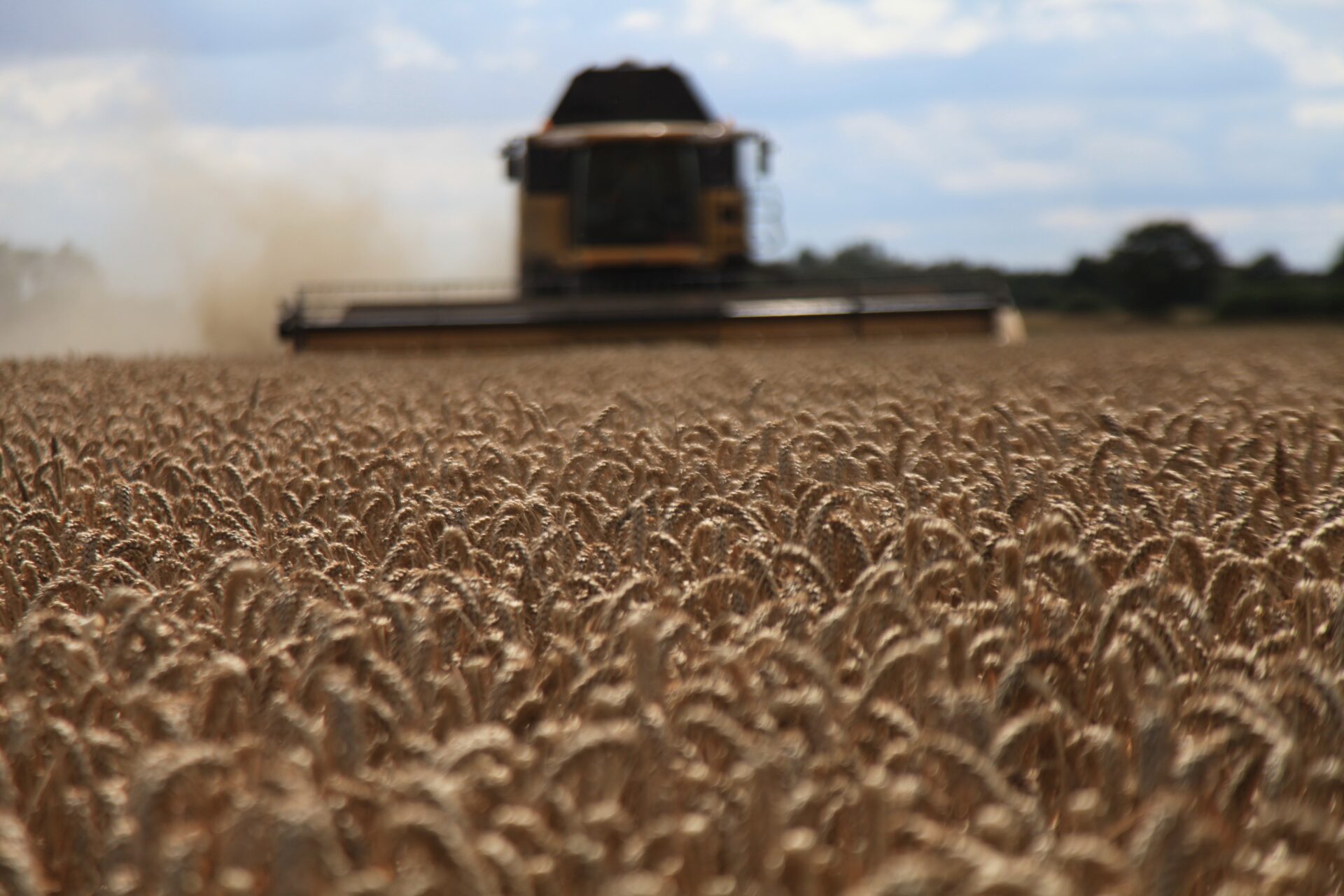Data showing 3 year Payback in Land Drainage
Sinking any sum of capital into a long term investment on a farm is a decision which requires careful and balanced thought. For many farms, replacing equipment and machinery is an ongoing and necessary strategy which forms part of regular budgetary discussion and planning process. The same can be said for planning on other capital intensive projects which allow farms develop and grow for the future with examples including buildings, land purchase, and infrastructure investment.
Land Drainage falls into the ‘Infrastructure Investment’ bracket with the benefits of land drainage being recognised and in many cases prioritised by farms. However, Land drains have a little bit of an image problem as far as many associated with farming are concerned. They are not shiny and cannot really be admired or ‘enjoyed’. Drainage is an investment which is buried beneath the soil and commonly gets forgotten about. Whilst clearly this statement is not true for all farms, many agree that drainage investment holds less raw appeal than perhaps buying a new tractor or combine.
However, there is an undercurrent of data which is now steadily drip feeding through arable agriculture which is producing some compelling reasons why drainage investment should be prioritised and ranked higher on the wish list. This data is coming direct from Farms who are studying their historic yield maps closely and comparing yields before and after drainage investment.
This week, we have spent time with an existing customer who is meticulous and extremely thorough in his record keeping and yield analysis. The customer is farming a large arable area consisting of land which he owns himself as well as land which he is contract farming for others. On one of contract farmed fields, there had been drainage issues in place for decades. The field size is 30ha. In the harvest of harvest of 2017, the field produced an a total yield of 240 tonnes of wheat. The farm invested £45000 in improving land drainage in the worst parts of the field in spring 2019.
In the harvest of 2020, the field was cropped in wheat again. This time, the field produced 340 tonnes of yield off the same 30 hectares. 100 tonnes more than in 2017! This has released a 42% improvement in yield across the field. With wheat currently around the £150 per tonne marker, the farmer was of the view that the yield improvements should mean that the drainage investment will completely pay for itself in just 3 years. This data is all the more compelling when it is considered that the climate of 2020 produced a phenomenally wet autumn and winter period for this particular wheat crop to grow through.
Whilst this particular example shows a dramatic uplift in yield following drainage investment; the potential benefits of honest and accurate yield evaluation each year cannot be underestimated. Drainage is of course one of a number of potential variables which can affect yield and clearly it is not the best fit for every scenario. But – as the rain continues to fall this winter, it is easy to see why drainage investment is squarely in the spotlight right now as UK Agriculture plans for a post Brexit, post BPS future.




